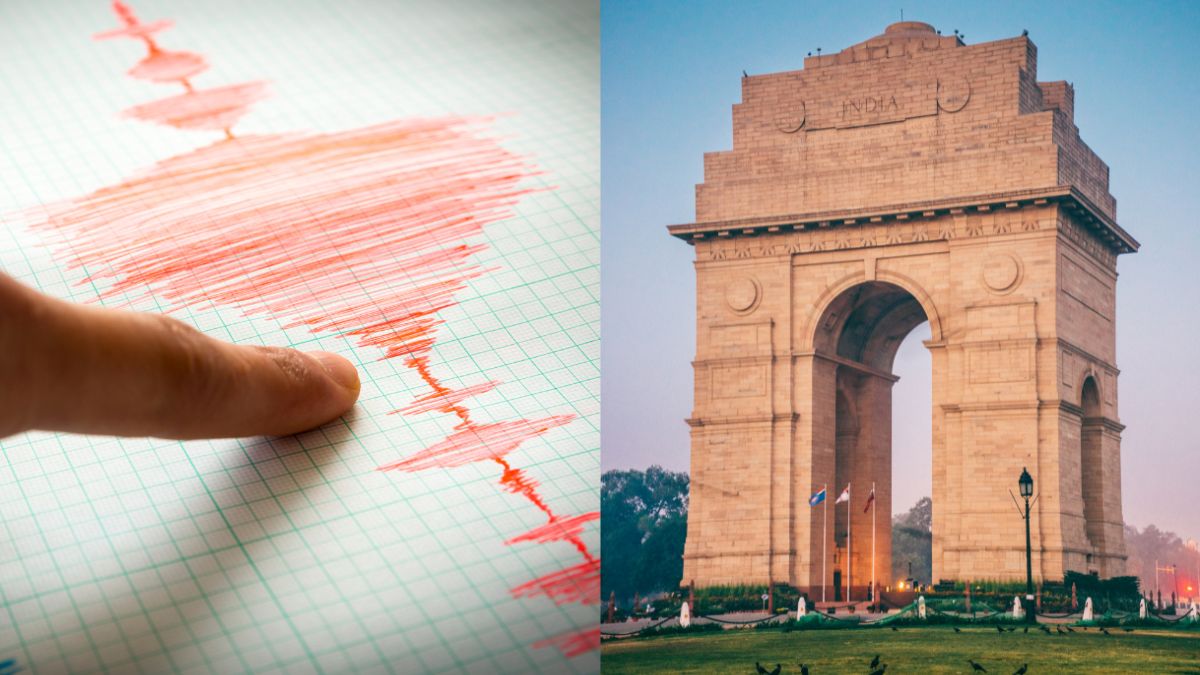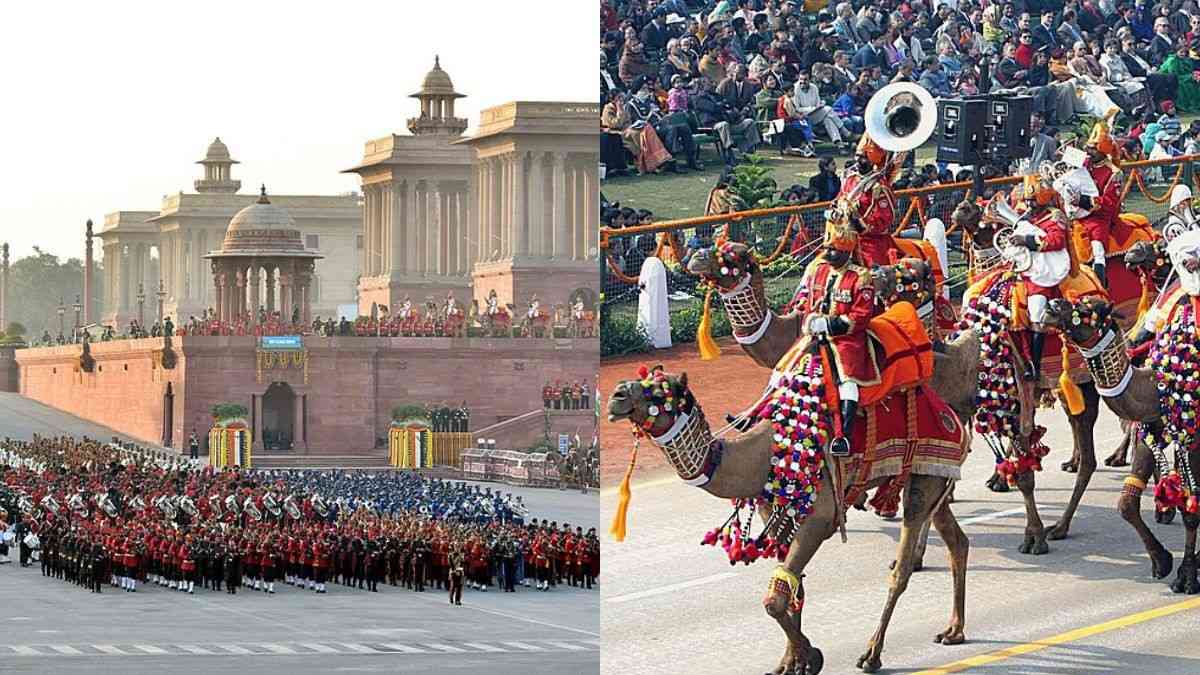A massive earthquake measuring 6.2 on the Richter scale slammed North India, including the thriving Delhi National Capital Region (NCR), in an unexpected turn of events. At precisely 2:53 pm local time, there was a seismic event that sparked widespread alarm and prompted a hasty evacuation of houses and businesses. Here is everything about the Delhi earthquake.
Delhi Witnessed Severe Earthquake Tremors!
#earthquake in #Delhi /#NCR. This video from #Gurgaon. The fans were in full swing, so were the buildings! Felt super strong tremors on 15th floor! #Crazy pic.twitter.com/wIKNg0U4xG
— Sumit Kumar Singh (@Sumitks) October 3, 2023
Despite initial reports indicating no immediate reports of casualties or significant damage, the earthquakes shocked the area. Concerns regarding the effects of this earthquake on nearby regions have grown as a result of the earthquake’s epicentre being in Nepal.
The repercussions of the earthquake were felt in several different places, including Delhi, Noida, Faridabad, Gurugram, and Ghaziabad. Additionally, unsettling tremors were felt by people in the states of Rajasthan, Haryana, Punjab, and Uttar Pradesh. On X (formerly Twitter), several people shared pictures of objects swaying as a result of the earthquake. In fact, they were seen leaving their residential and office buildings.
Also Read: Earthquake Of 4.4 Magnitude Strikes Bay Of Bengal At Wee Hours On Monday. Details Inside
Authorities Are Keeping A Close Eye On Further Developments
#earthquake
In Delhi – NCR
people coming out from offices pic.twitter.com/9G8lAImsVZ— ROAMER BOYS YT (@PUBGInd98835045) October 3, 2023
The severity of the earthquake has been measured using the Richter scale. It is a crucial instrument created by American geologist Charles F. Richter in 1935. This device gathers useful data by measuring the seismic wave velocity on the Earth’s surface. It’s crucial to keep in mind that the Richter scale functions according to logarithmic principles, with each whole number increase denoting a tenfold increase in amplitude. The greatest velocity is indicated by a scale reading of 10.
The Earth has four layers, including the inner core, outer core, mantle, and crust, which are necessary to comprehend the geological context. The top mantle and crust make up the lithosphere, the uppermost layer, which is around 50 kilometres thick. Tectonic plates that can shift both horizontally and vertically are grouped into this layer. When these plates move significantly, it may cause one plate to shift beneath another. It can result in seismic occurrences like earthquakes.
Authorities are keeping a careful eye on the situation and warning locals to be on the lookout in the wake of this seismic event.
Also Read: Morocco Earthquake: UNESCO World Heritage Site, Marrakesh Ancient Buildings Severely Damaged
As more information becomes available, we’ll bring further updates on the quake’s aftermath.
Cover Image Courtesy: Canva
First Published: October 03, 2023 3:22 PM



